Teaching the Intricacies of Vietnamese Art via Instagram
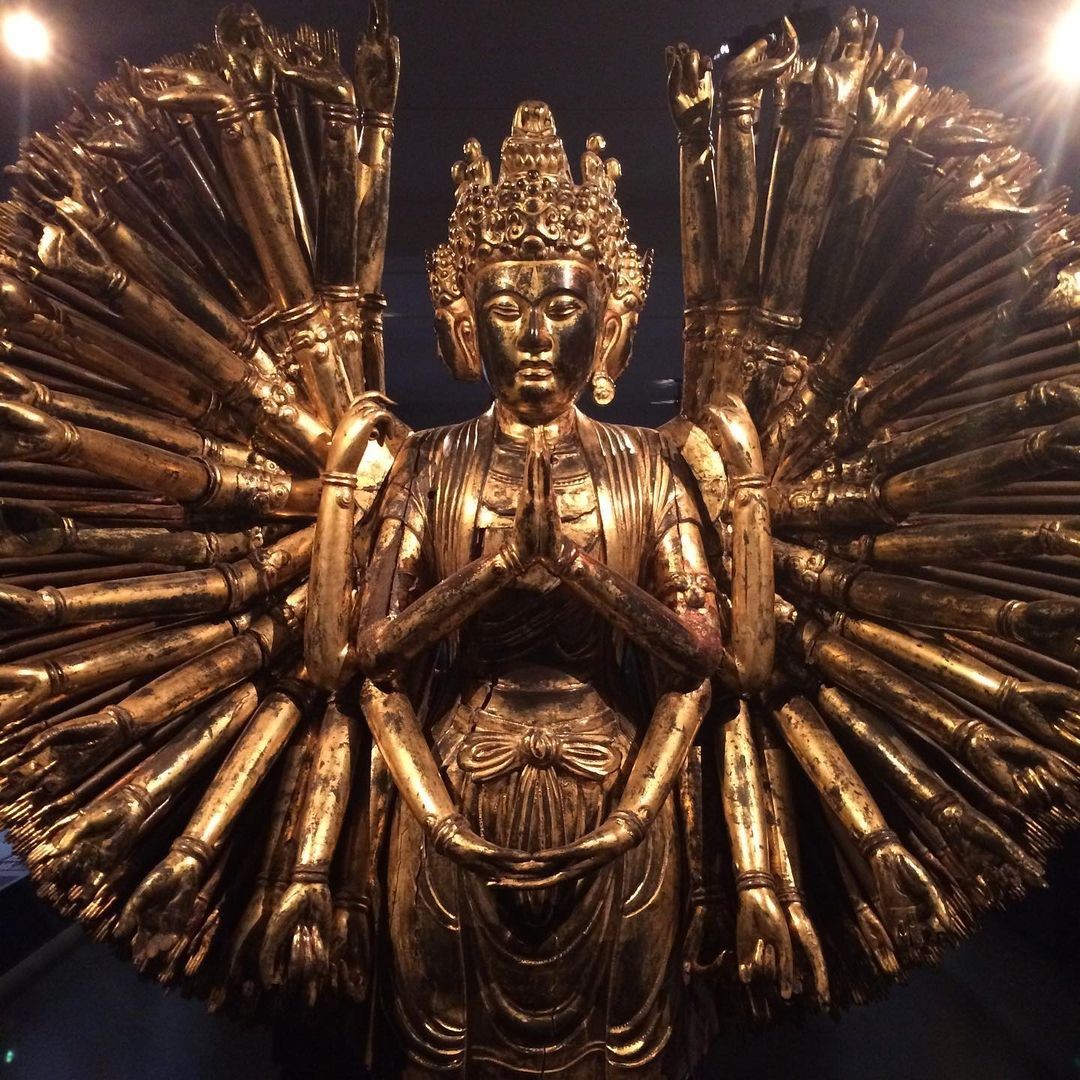 |
| This statue, built during Vietnam's Le Dynasty, now resides in Paris, France. Photo by Nicolas Henni-Trịnh Đức. |
For most of history, fine art was only enjoyed by the rich elite. Even today, precious, cultural treasures are kept in storage by museums and fancy art galleries, rarely seen by the general public. For many formerly colonized nations like Vietnam, much of the ancient artwork was looted, if not completely destroyed.
This lack of easy access to Vietnamese art has caused many to be unaware of the talents and rich history of Vietnam’s top artists. Fortunately, one French-Vietnamese scholar is dedicated to teaching the masses about rare, Vietnamese pieces that were once kept hidden in the backrooms of Parisian museums and auction houses. With his Instagram account, entitled Vietnamese Art in Paris, Nicolas Henni-Trịnh Đức is a virtual curator of Vietnam’s most impressive works of art.
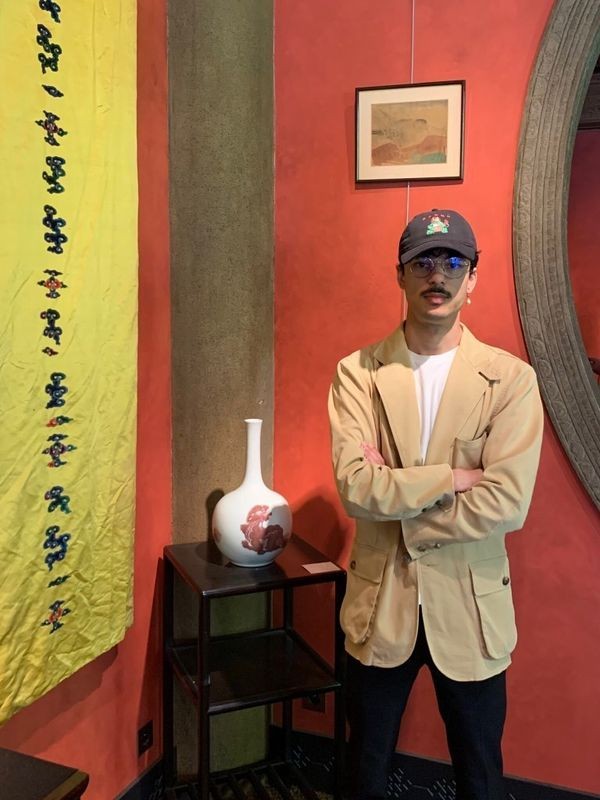 |
| Nicolas Henni-Trịnh Đức, at home in an auction house. Photo by Nicolas Henni-Trịnh Đức. |
Henni-Trịnh Đức’s love of Vietnamese art is synonymous with his Vietnamese pride. Growing in the little French town of Agen, Henni-Trịnh Đức was enamored with a portrait of his grandmother. Dressed in traditional Vietnamese garb, she regally sat in a chair that might as well been a throne.
“I was fascinated with this picture because it was so different than anything I’d seen in the French countryside,” said Henni-Trịnh Đức.
Despite being born in France, Henni-Trịnh Đức is still very in touch with his Vietnamese roots. Unlike his native cousins, Henni-Trịnh Đức came to know Vietnam through photos, family stories, and Tet celebrations. Finally, in 2016, Henni-Trịnh Đức was able to explore his homeland, immersing himself in local art and Vietnamese hospitality. He traveled to Bac Ninh to visit his grandfather’s hometown and the tombs of his ancestors.
“I thought it would be overwhelming but it was not as much as I thought,” said Henni-Trịnh Đức. “It was like visiting a distant family member; it is not your space but you still feel at home.”
Now with a better understanding of Vietnamese culture, Henni-Trịnh Đức returned to France and began his doctoral thesis at La Sorbonne, a top French university. Inspired by the portrait of his grandmother, Henni-Trịnh Đức’s thesis focuses on the intricate details of Vietnamese portraits.
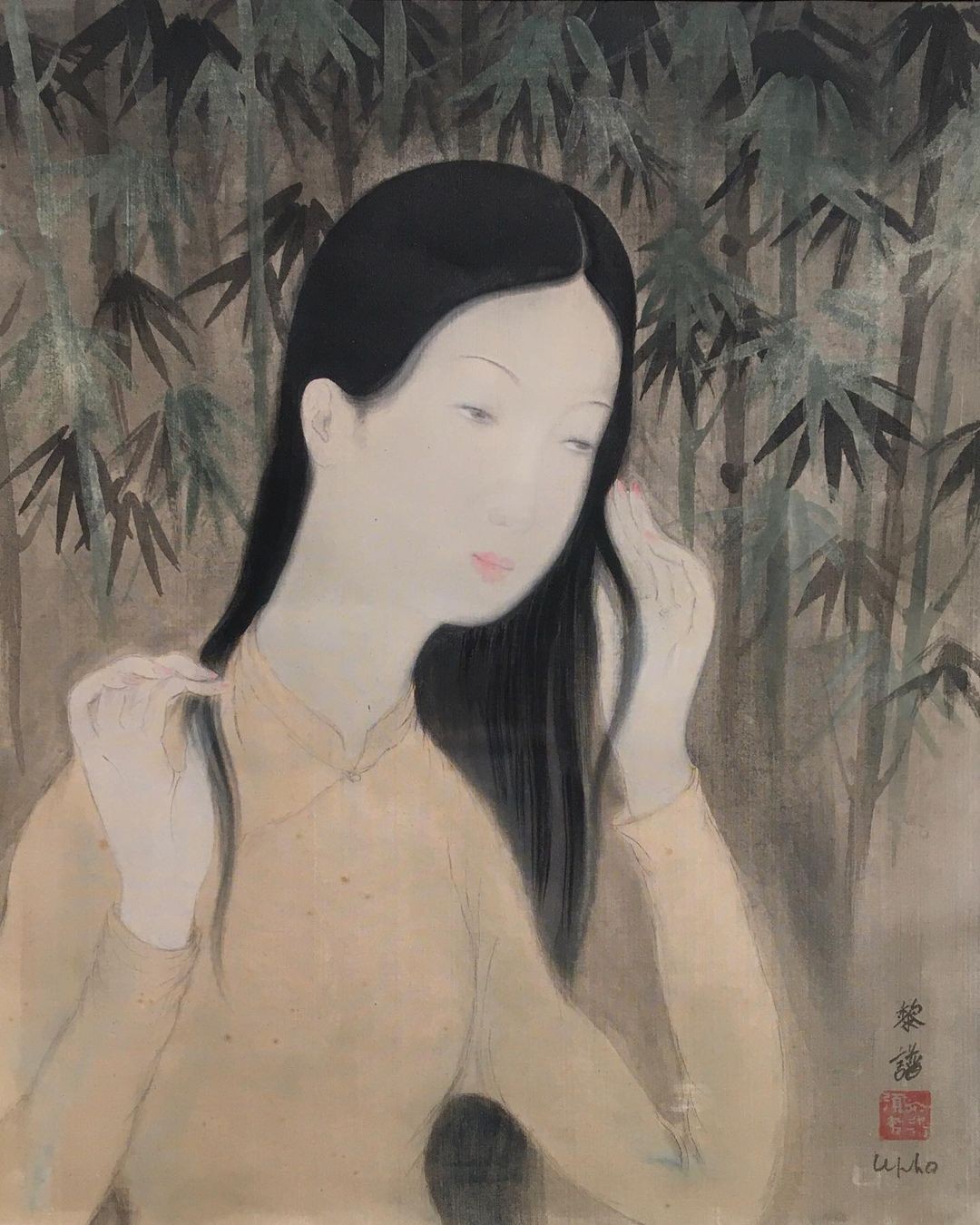 |
| An attractive portrait, made by famed Vietnamese artist Lê Phổ. Photo by Nicolas Henni-Trịnh Đức. |
According to Henni-Trịnh Đức, portraits are the cornerstone of Vietnamese art history.
“Portraiture shows the evolution of techniques and of society like no other form of art can,” said Henni-Trịnh Đức, explaining how he now views portraits since working on his thesis. “It really is a discovery since no art historian before have really studied the subject and generations of scholars have even denied the existence of graphic art in Vietnamese history. However I do think portraiture is art and to me it is more and more obvious it deserves a seat in Vietnamese art history.”
When not working on his thesis, Henni-Trịnh Đức uses his vast knowledge of Vietnamese art to authenticate rare pieces from museums and private collections. His work has been sought out by big names in the art world, including Adam’s, a famous Irish auction house, and Sotheby’s, a high-profile American brokerage company for fine arts. Through this line of work, Henni-Trịnh Đức makes sure Vietnamese art is factually represented and properly appreciated by Western audiences. Sadly, this is often not the case.
When speaking with the Vietnam Times, Henni-Trịnh Đức reveals that some French experts have a lot of misconceptions of Vietnamese art. For instance, some experts frequently label Vietnamese art as “bad Chinese art,” unaware of the distinct cultural differences. Without Henni-Trịnh Đức’s expertise, many Vietnamese works may be lost due to ignorance.
“There is a lot happening in Parisian auction rooms, private collections, and museums,” said Henni-Trịnh Đức. “People have no idea on how much there is.”
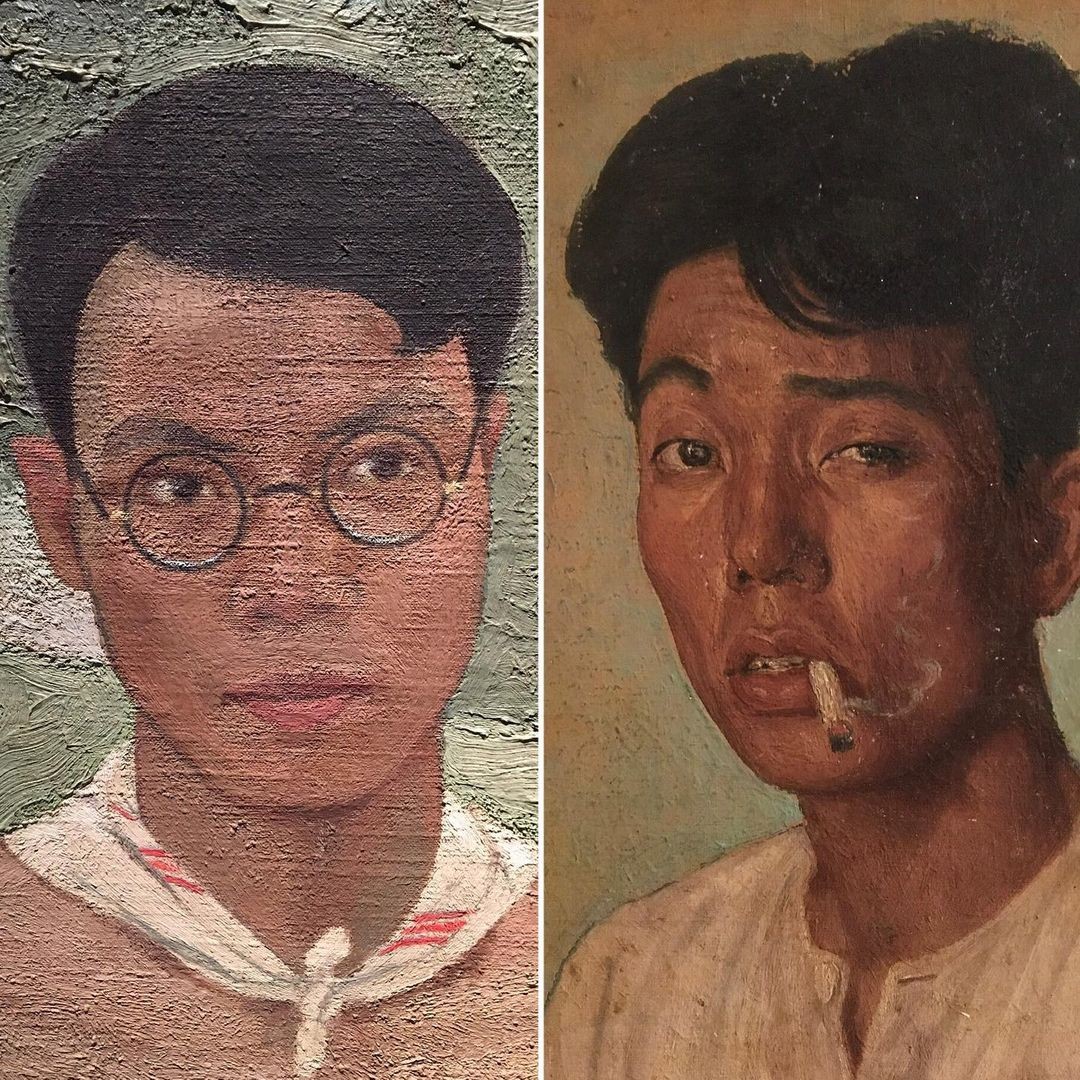 |
| Two of Henni-Trịnh Đức's favorite self portraits by Lê Phổ (left) and Mai Thứ (right). Photo by Nicolas Henni-Trịnh Đức. |
While Henni-Trịnh Đức is doing amazing work, he also recognizes that many people, especially Vietnamese, are unable to ever actually see Vietnamese masterpieces kept by Western institutions. While not everyone is lucky enough to go to a Parisian art museum, Henni-Trịnh Đức decided he would bring a Parisian art museum to the people. Thus, his Instagram page @vietnameseartinparis was born!
“I am fascinated by Vietnamese art and I wanted to talk about it without annoying my friends,” laughs Henni-Trịnh Đức. “So I created the account especially for that.”
In each post, Henni-Trịnh Đức showcases a different piece of Vietnamese art. Although his background is in portraits, Henni-Trịnh Đức’s Instagram features Vietnamese art in all different mediums. Bronze sculptures, enameled wine pitchers, atmospheric landscapes, and vintage footage of Vietnamese Emperor Khai Dinh all can be found on his page.
Accompanying the post is a small text that reveals interesting details learned from Henni-Trịnh Đức’s studies. For example, in a post about a painting by artist Vu Tien Chuc, named The Lice Hunt, Henni-Trịnh Đức writes about what makes the work so unique; “The impact of Western art is also to be seen in the choice of the subject; a family leading a simple life. However rather than enforcing an Orientalist take on this subject like Western painters would do, Vũ Tiến Chức focuses instead on a sentimental approach. He is not interested in the costumes - other than their touches of bright color - or in the landscape - other than two trees acting as frame - but what he tries to capture are the expressions and the atmosphere of the day.”
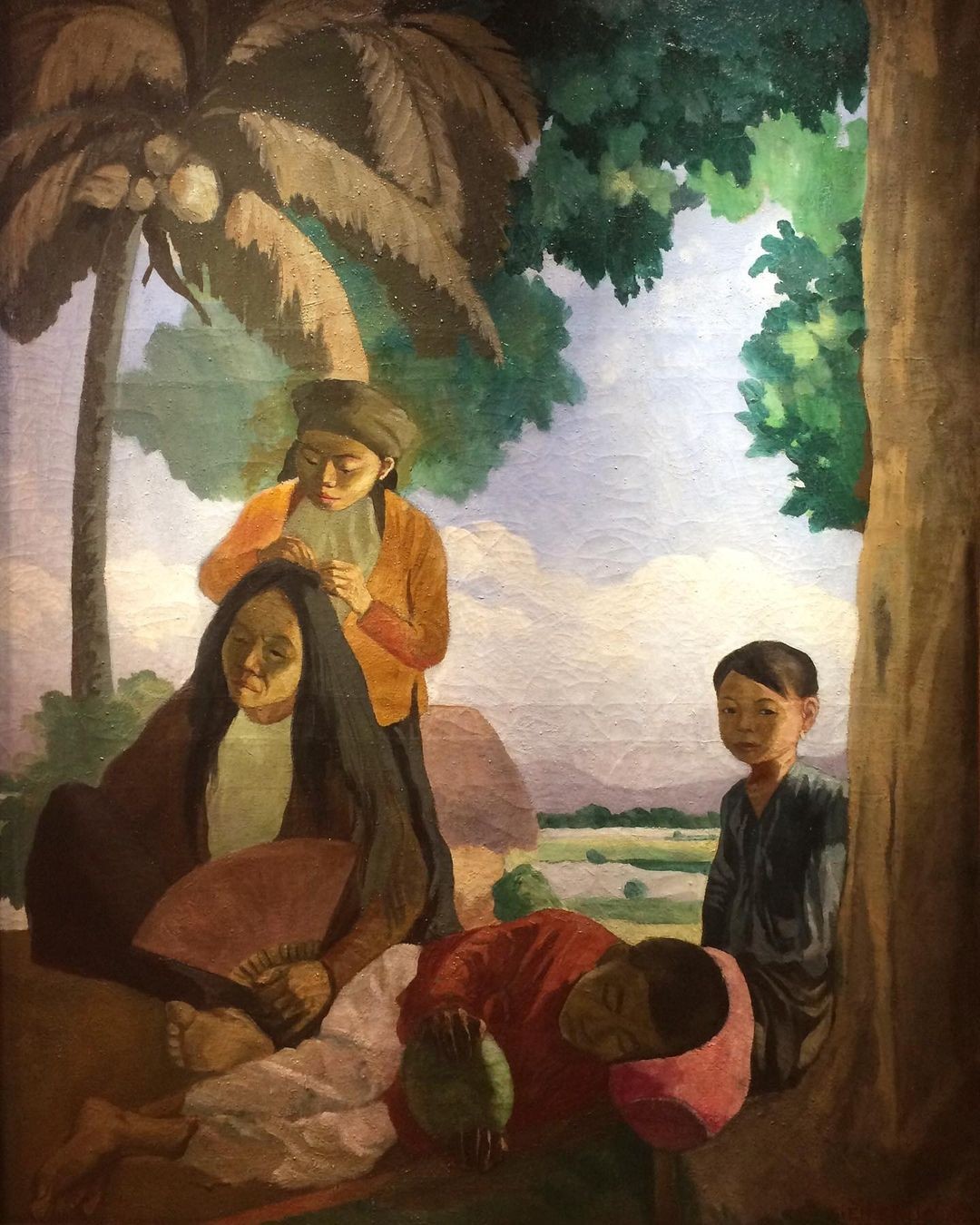 |
| Vu Tien Chuc's The Lice Hunt is featured on Henni-Trịnh Đức's Instagram. Photo by Nicolas Henni-Trịnh Đức. |
While Henni-Trịnh Đức is happy to spread his love of Vietnamese art across the Internet, he is especially happy when he inspires his fellow Vietnamese brothers and sisters.
“After starting this project, I received messages from Vietnamese from around the world, thanking me for sharing these works,” said Henni-Trịnh Đức. “Some of them didn’t even know there was a Vietnamese art history or that we could view Vietnam without discussing the war or colonization. The messages really encouraged me because they showed that we were united in our quest for Vietnamese art and history.”
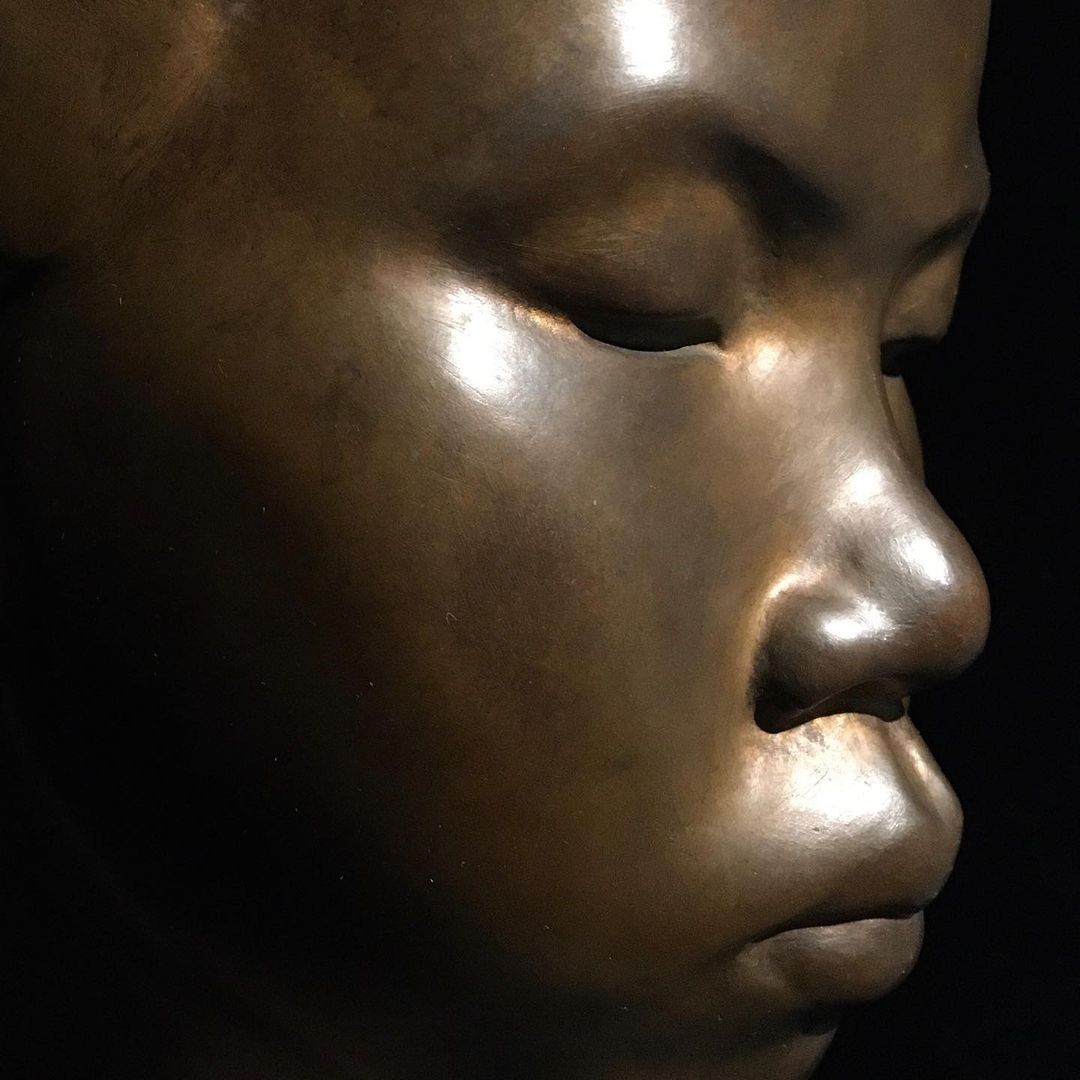 |
| The bronzed face of a young Vietnamese girl, sculpted by Vũ Cao Đàm. Photo by Nicolas Henni-Trịnh Đức. |
As Henni-Trịnh Đức plans to continue his Instagram account, he hopes more people will share in his fascination.
“I want people to understand that Vietnamese art has it’s own specificities,” said Henni-Trịnh Đức. “People assumed Vietnamese art is French, academic art with an exotic mileu, that they just learned their lessons from French teachers and just painted a Vietnamese landscape. Or that they are imitators of Chinese art and they use their little means and little imagination to do what they can. I want to expose the fact that there are very real traditions, vocabulary, practices, and means that makes Vietnamese art as valuable as any other national art.”
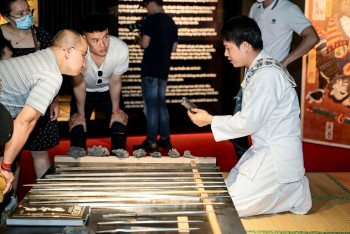 | Editor's Pick: New Exhibition Teaches Way of the Samurai The new exhibition at CHON de l'art showcases an extremely rare sword, made specifically for Shogun Tokugawa Lemochi, the ruler of all of Japan from ... |
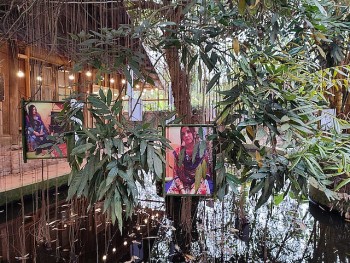 | Editor's Pick: EARTH BODY BLOOD WATER In the latest installment of Editor's Pick, VNT Staff Writer Zoey Nguyen braves portals to the underworld to interview the international artists featured at the ... |
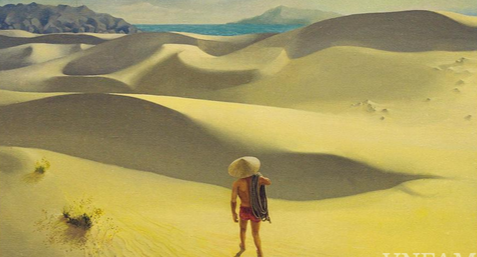 | The artistry of Mui Ne's dunes at sunset Inspired by artist Le Huy Tiep's breathtaking oil-painting, Mien Trung, a foreigner attempts to recreate the stunning piece during his recent trip to Mui Ne. |
Recommended
 Overseas Vietnamese
Overseas Vietnamese
Language and Vocational School for Vietnamese launched in Germany
 Overseas Vietnamese
Overseas Vietnamese
A Heart-warming International Children's Day in Abyei
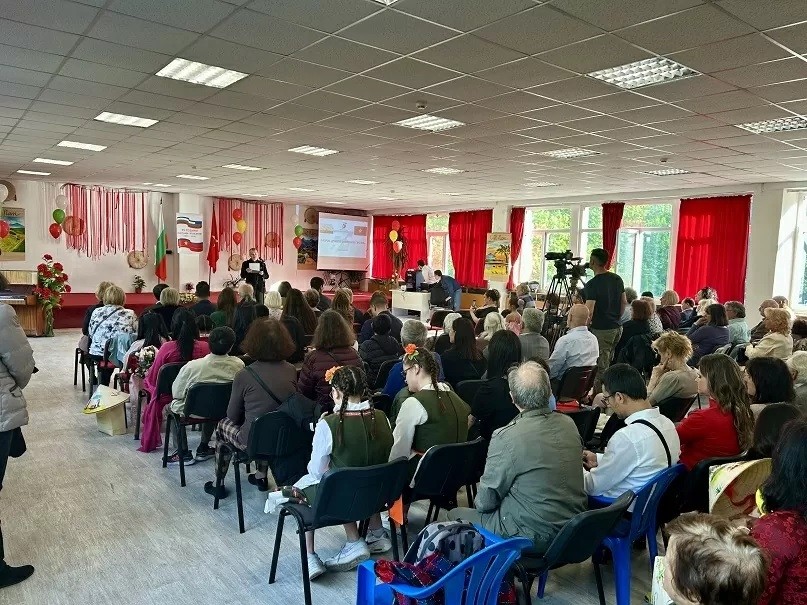 Overseas Vietnamese
Overseas Vietnamese
Art Program Deepens Vietnam-Bulgaria Cultural Exchange and Friendship
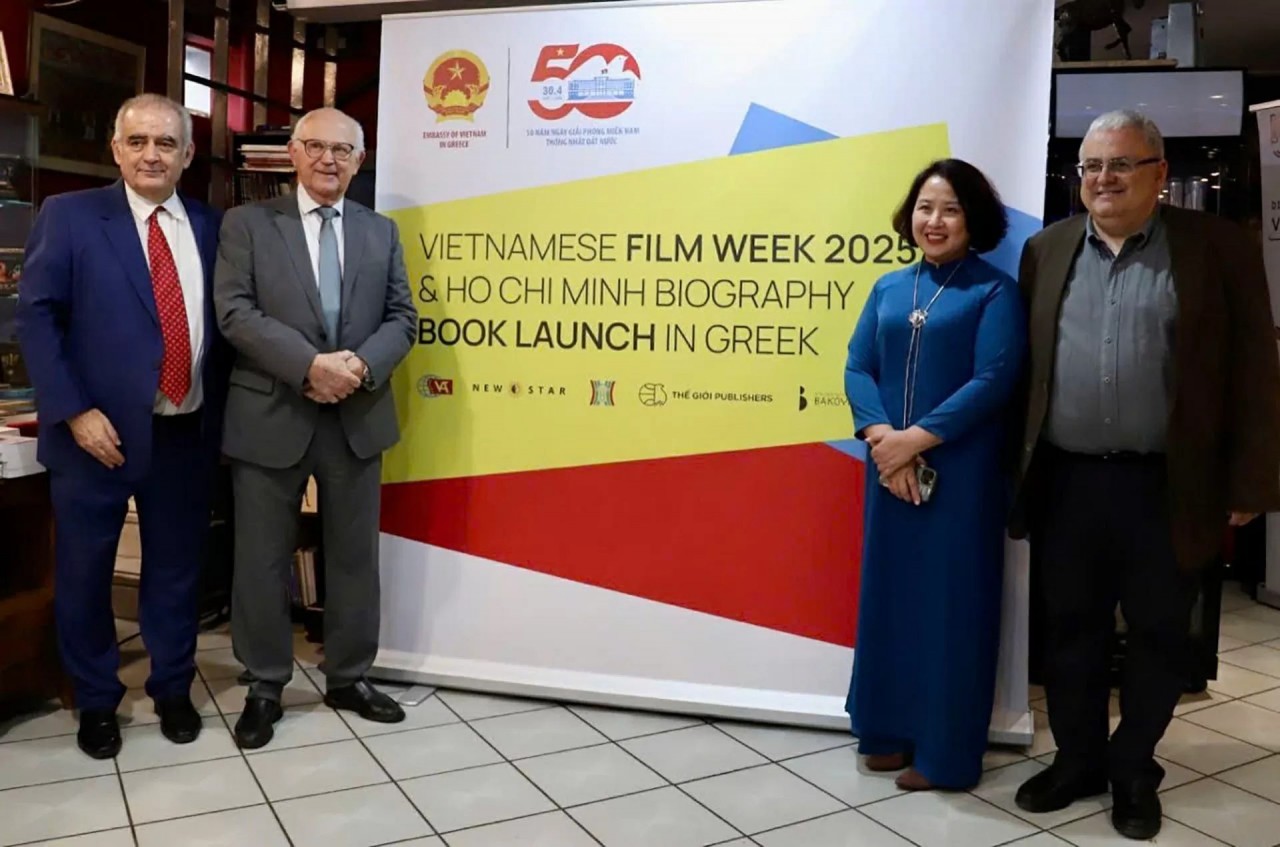 Overseas Vietnamese
Overseas Vietnamese
First Vietnamese Film Week Opens in Greece
Popular article
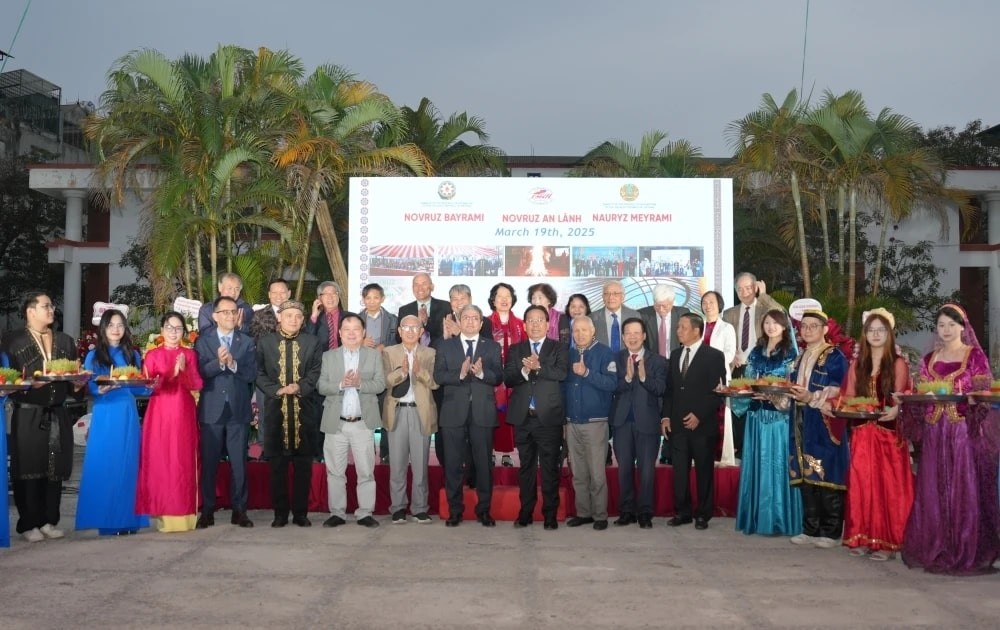 Overseas Vietnamese
Overseas Vietnamese
Strong Bonds Between Vietnam And Belarus, Azerbaijan, and Kazakhstan
 Overseas Vietnamese
Overseas Vietnamese
Vietnam Festival in Tokyo To Be Held for 18th Time
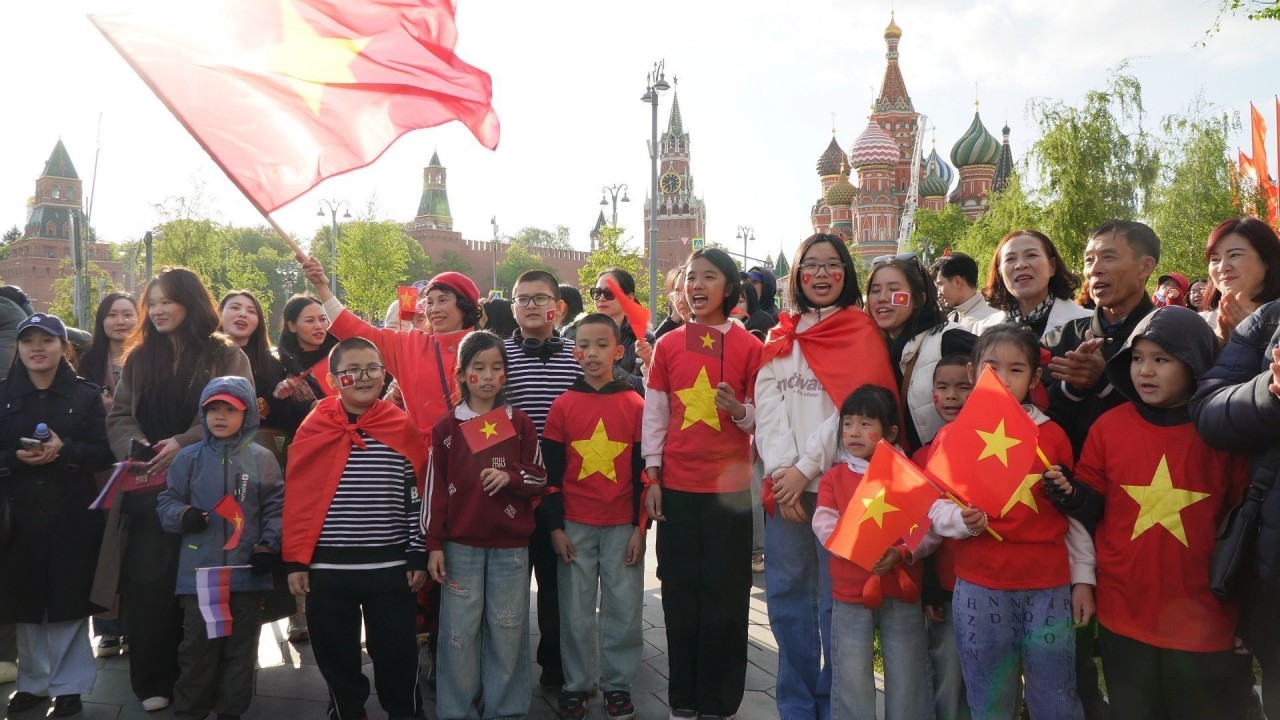 Focus
Focus
Overseas Vietnamese in Russia Welcome Vietnam People's Army Delegation at Red Square
 Overseas Vietnamese
Overseas Vietnamese



